- Mar 20, 2024
5 Ways to Catch More Crappie from the Bank
Shore fishing for crappie is at its best during spring, when the fish move shallow to spawn and feed. Follow these tips to catch more fish.
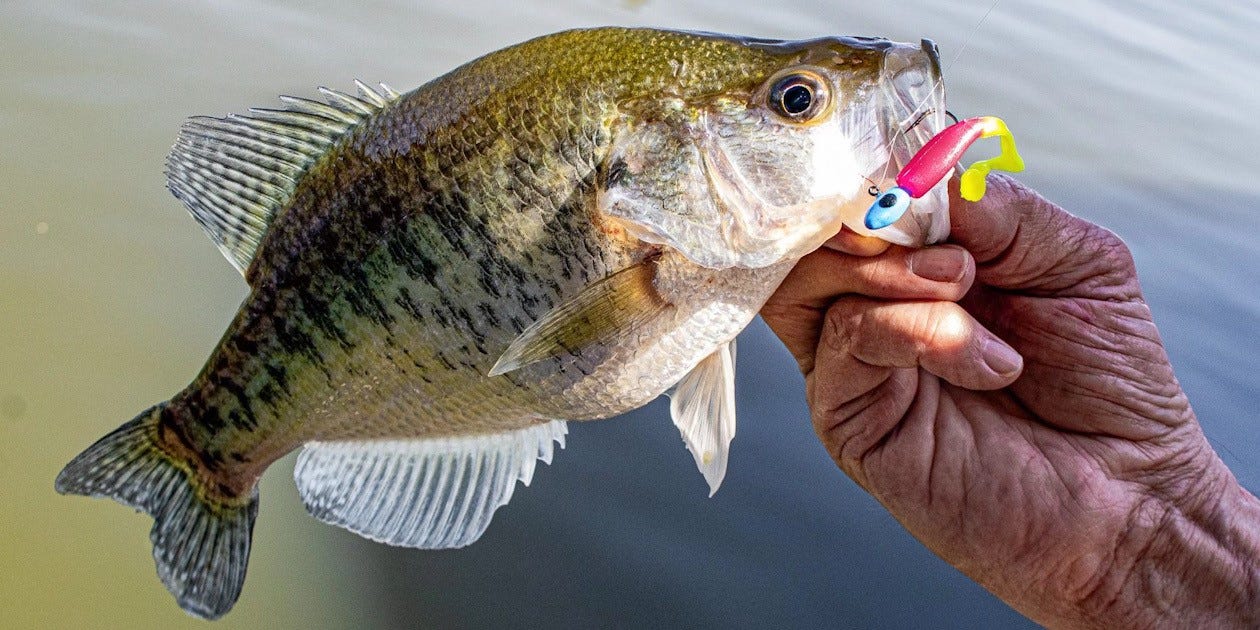

Cars packed into pull-offs near bridges tell you everything you need to know. The crappie have moved shallow and are eating. It’s prime time to slip out after work, hit a bank access spot at your favorite lake, and catch some fish.
Spring crappie behavior pushes the fish close to the banks and opens some of the best fishing of the year to anglers working from the shore. That said, not all banks – nor all bank fishing approaches – are created equal. A bit of planning can make your outings more productive.
Follow these tips to catch more crappie from the bank this spring.
Use Satellite
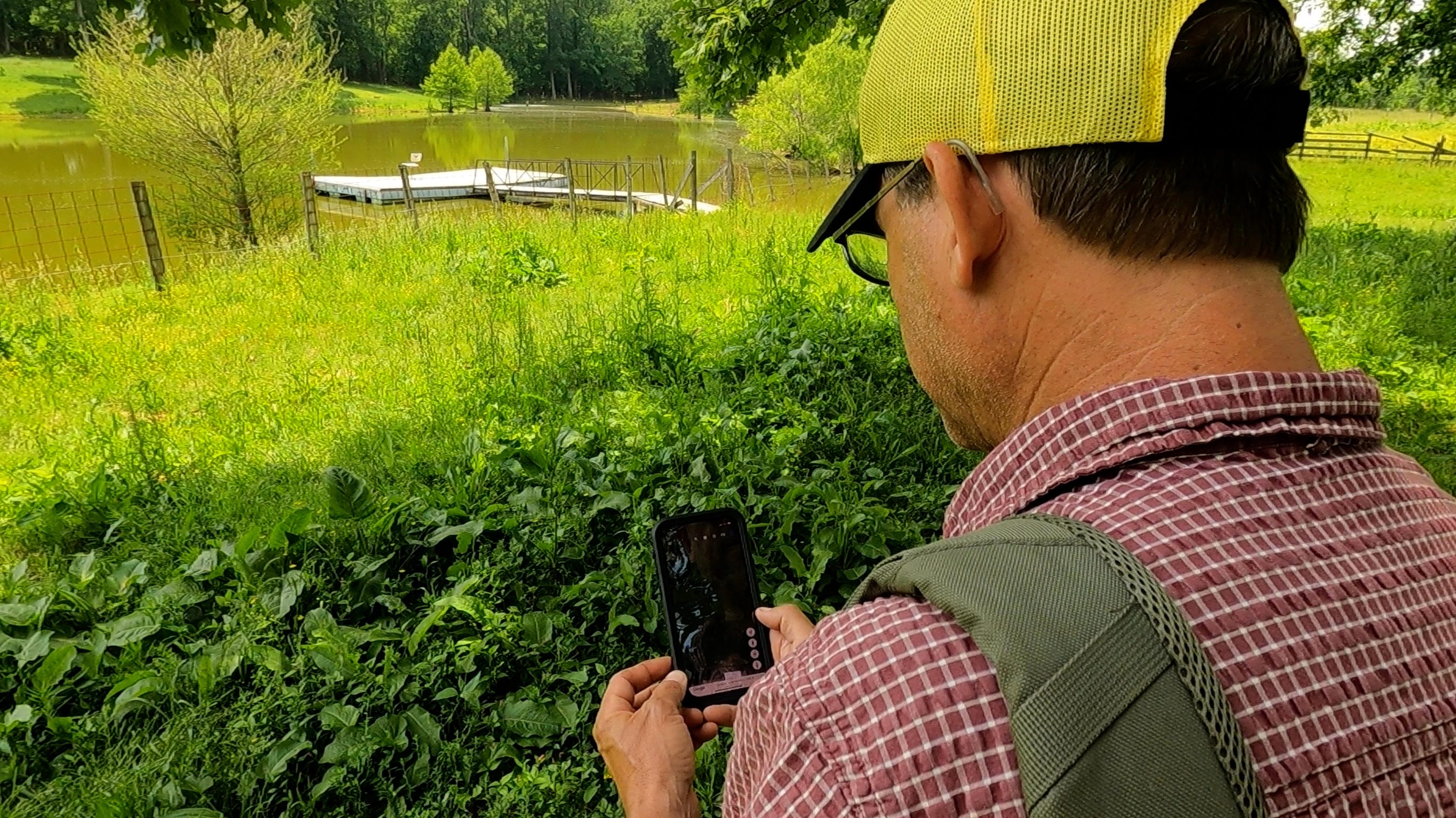

Today’s technology provides easy access to overhead views of any spot you might want to fish, and this provides tremendous benefit for shoreline crappie fishing. Using Googe Earth or the satellite view on Google Maps or other mapping apps, you can get a great look at look at the shoreline itself and at waters within casting range, which is valuable for scouting and for making your approach more precise and productive once you are at water’s edge.
From a scouting standpoint, satellite allows you to get a big-picture view of an area, revealing things like how parking areas line up with bank access spots, how open banks are, and where specific areas sit relative to points, pockets, channel swings, etc. Water color permitting, it also shows you many things like stump rows, rock piles, drop-offs, brush piles and breaks that can help you assess different areas’ value and create a good strategy.
On the water, the same views allow you to target key spots you might not be able to see from the bank, to see where you are along a structure or relative to a bottom break, and to pattern more effectively. Assuming adequate cell service, don’t hesitate to pull out your phone while you’re on the water to see exactly where you are and rightly target casts. If you have any doubt about whether the satellite will come up in key areas, grab a few select screen shots at home that you can reference on the water.
Know Plans B & C
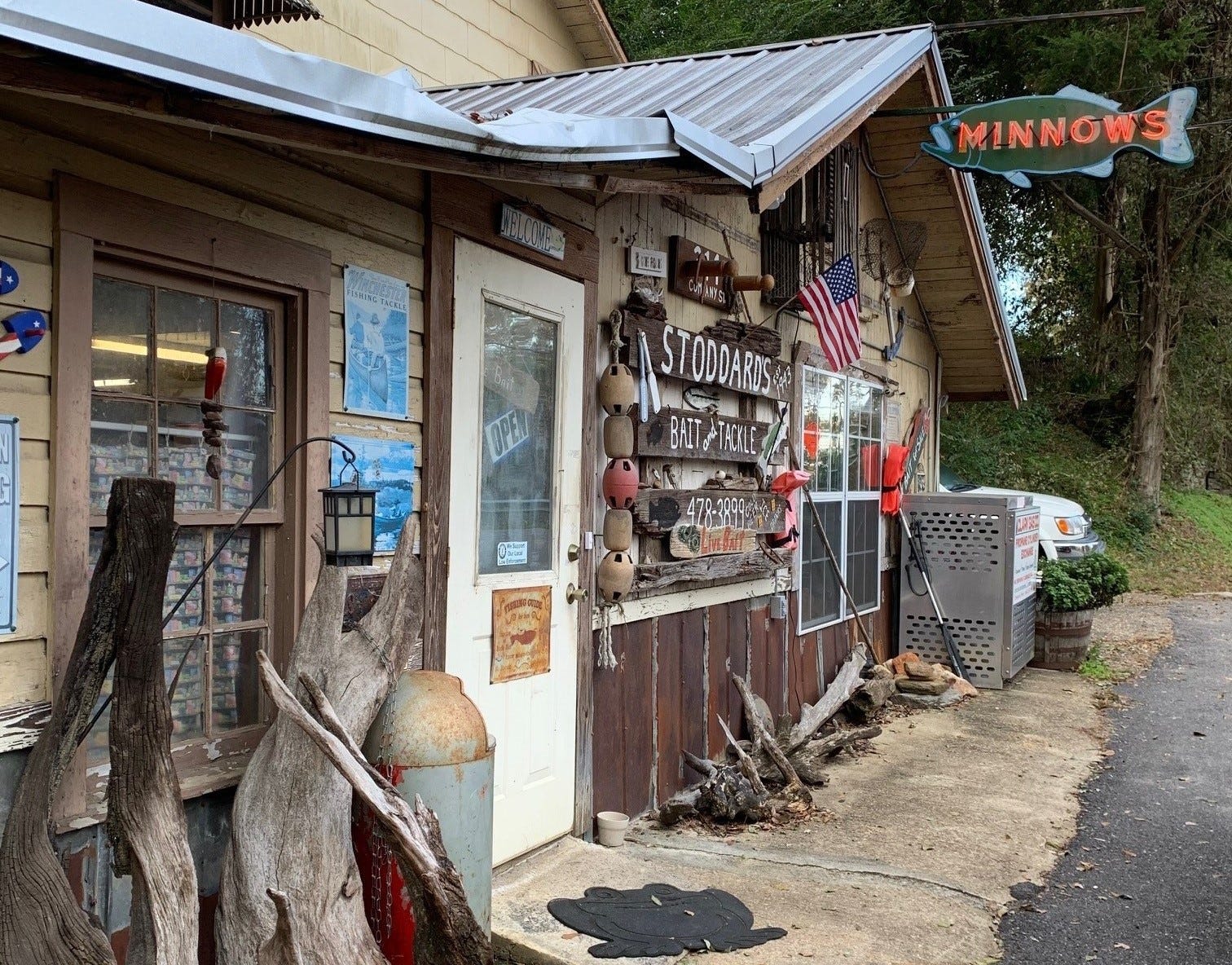

When you’re planning a day, it’s always a good idea to have at least a few stops lined up. If all goes perfectly, you won’t get to all of them, but a little extra map and satellite study at home can go a long way in finding and patterning fish and having a back-up if the bite slows, your first spot gets too crowded for your preferences, or you want to try an area that sets up better for a different technique.
Again, technology is a tremendous asset. If a lake map shows a handful of access points in decent proximity to one another, you can look at each area, as discussed above. Then, with only a few clicks you can evaluate the driving time between areas and even scout routes. Also, see if there is a bait shop nearby, and add a visit to the route (ideally early in the day). Even if you don’t need bait, you can always support a local shop by picking up snacks and drinks, and there’s a good chance that you’ll leave with an insight or two from recent reports that will make your day more productive.
If possible, pick spots that provide variety. If your first stop is in the back of a pocket, pick another that’s near a main channel (maybe at a bridge crossing) and another that is on a point. Such options don’t aways exist, but when they do, finding variety in locations definitely can help you find fish, however they are behaving that day.
Carry a Big Stick
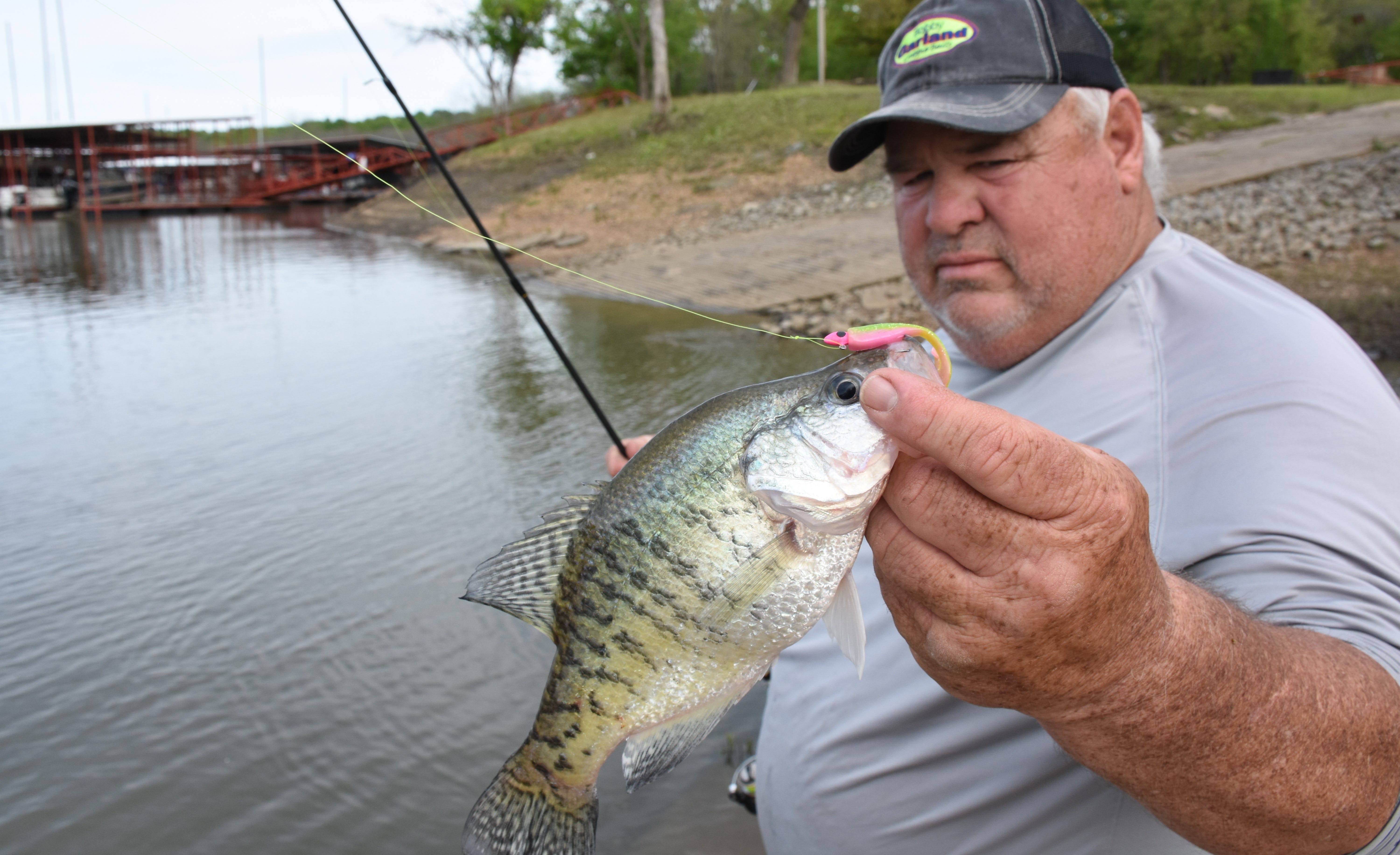

A longer rod tends to provide benefit for bank fishing. Not the crazily long sort that spider riggers use to spread lines or ultra long panfish poles meant mostly for swinging out bait and swinging in fish – but a fairly long spinning rod that allows for effective casting, pitching or dipping presentations. Something in the 7- to 7 1/2-foot range typically is a good fit.
A long rod generally allows for longer casts, which can provide a significant advantage for reaching bridge supports, brushpiles and other specific pieces of cover. Unlike boat fishing, you can’t necessarily just position yourself in easy casting range of key targets when you fish from the bank. It also facilitates longer pitches with controlled swings beside cover or through other key zones.
If fish are closer to the edges – maybe along a riprap bank or in around shallow brush – a long rod works well for a highly controllable dipping approach, with the bait directly beneath the tip of the rod. This approach allows for slow, accurate presentation and keeps the bait in the zone most of the time.
Don’t Forget Slip Floats
Whether due to rigging uncertainty or many anglers’ unfamiliarity with their values, slip floats are largely overlooked for crappie. The fact is that any time you want a slow presentation, with your bait suspended more than about 4 feet deep more than a rod-length distance from the bank, there’s simply no substitute for slip float.
A slip float allows you to make a long accurate cast to a piece of cover, let your bait sink to a predetermined depth and then stay in that zone, whether you want to keep in a spot, let it drift from wind or current, work it with pulls and pauses or reel steadily.
A great rigging strategy is to add a bobber stop to your line while you’re still at home, so you are ahead of the game if you hit a slip bobber situation. If trimmed, the stopper won’t inhibit casting, and it can be a useful depth gauge tool for casting or swinging presentations, even if you don’t end up adding a slip float.
Keep Yourself Mobile
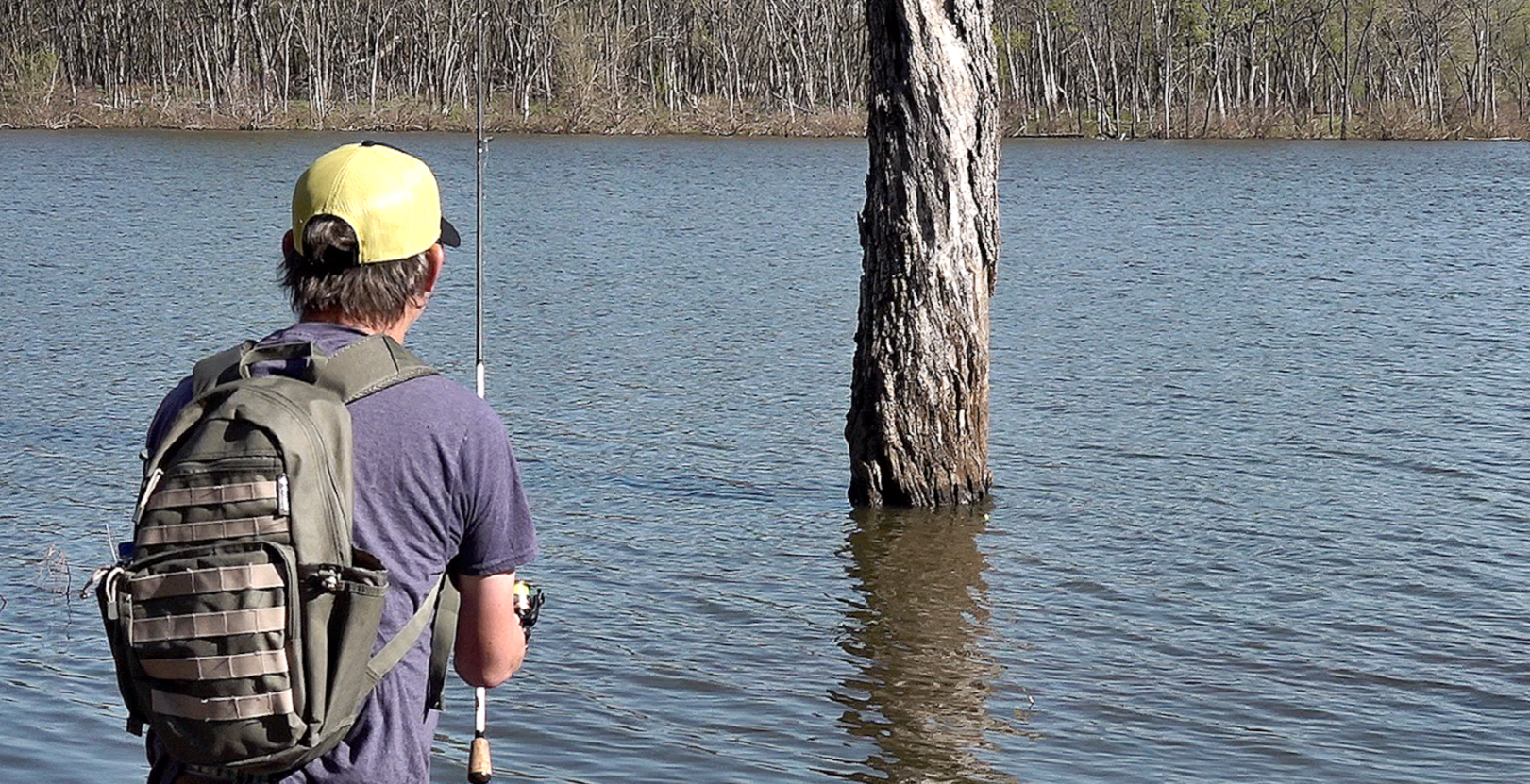

Among the absolute ways to increase your bank fishing crappie catch is to remain as mobile as possible. The most popular spots at most bank access areas are those closest to parking areas and not necessarily the best fishing spots. If you’re willing to walk a bit to reach interesting areas and get away from fishing pressure, you immediately increase your chances. Remaining on the move to try different stretches of bank, slopes, types of cover, etc. helps you find the most fish.
Beyond a simple willingness to walk, the key to mobility is traveling light. If you’re carrying a chair, bait bucket, a cooler, a tackle box and three rods, your plan is probably to pick a spot, set up shop, and hope the fish come close. My ideal is to fish with one rod and to have everything else I need in a backpack, on my belt or in a pocket, so there is nothing to set down to cast and I can remain on the move.
Some anglers far prefer the flexibility gained with a second rod or really dislike bearing the load of their tackle all the time, and prefer to set a thing or two down, fish a spot awhile and then move down the bank a bit. That works. Just keep in mind that the more stuff you carry, the less likely you are to move much.
5 Great Baits for Shoreline Crappie
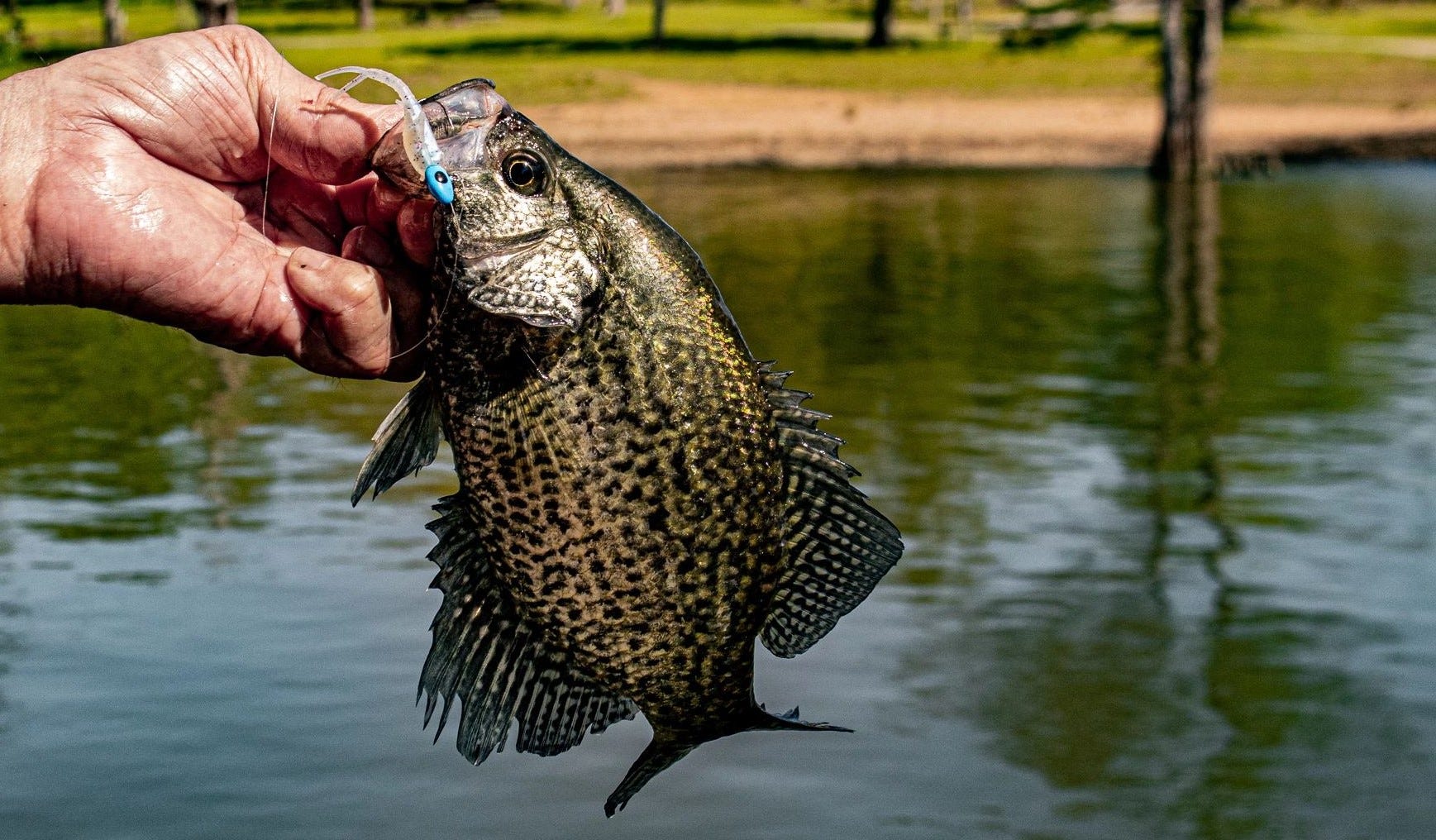

- Stroll’R – Originally designed for long-line trolling, the Stroll’R has a minnow-like profile and pulsing tail action that makes it ideal for casting and reeling to find active fish.
- Slab Slay’R – The subtle tail quiver and gliding action of a Slab Slay’R makes it ideal for pitching and dipping presentations. The same attributes make it a great option for working beneath a float.
- Mayfly – The Bobby Garland Mayfly matches real mayflies and other aquatic insects, which are prevalent along riprap banks, beneath trees, beside docks and near other shallow cover.
- Itty Bit Slab Hunt’R – Sometimes going tiny is the key to coaxing crappie bites, and the design of the Itty Bit Slab Hunt’R makes it an excellent option for moving presentations and more stationary approaches.
- Live Roam’R – The new Live Roam’R fall between the sizes of most crappie baits and the Itty Bit series, and it matches the minnows that are often within casting range of the bank.



